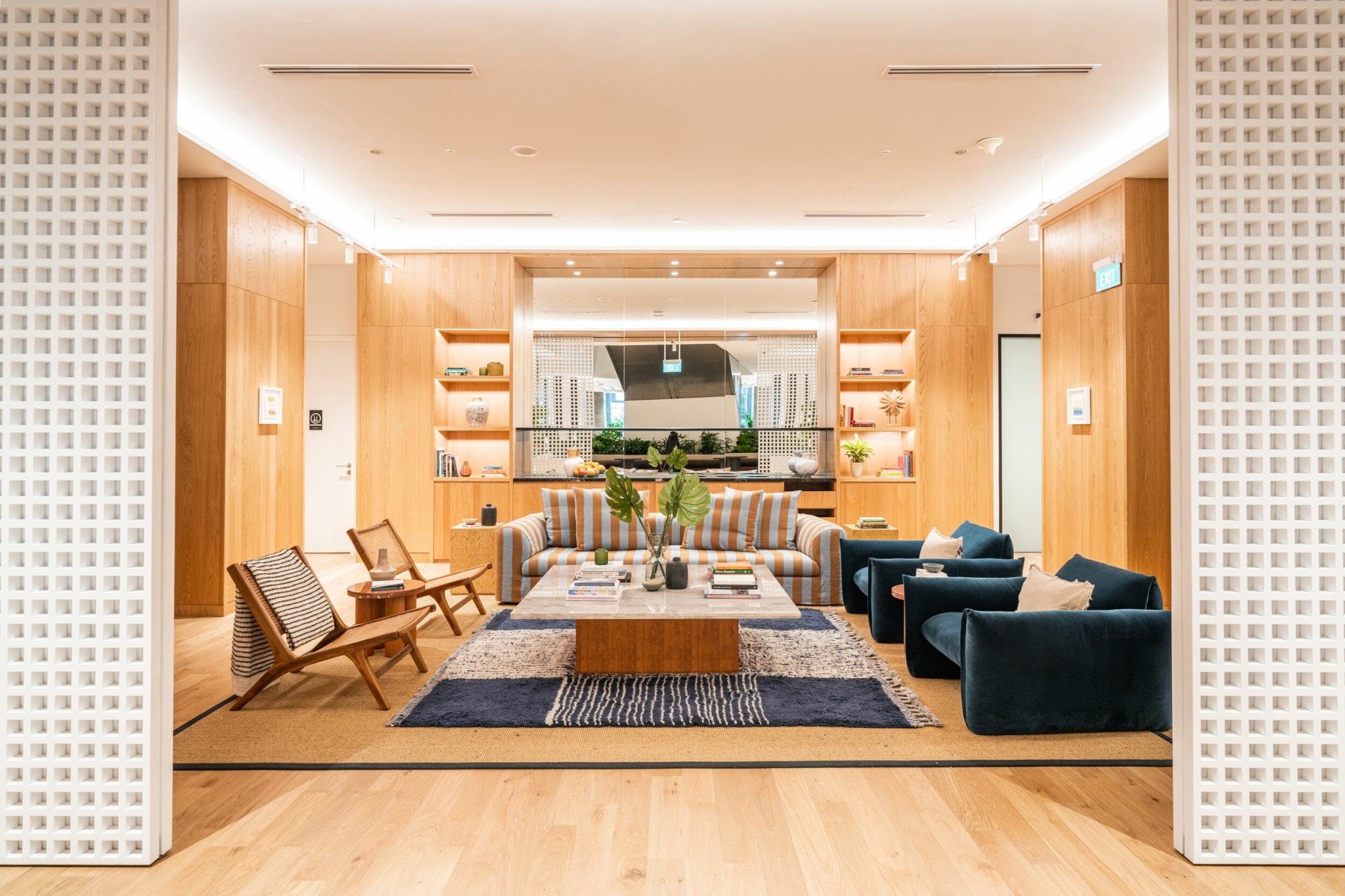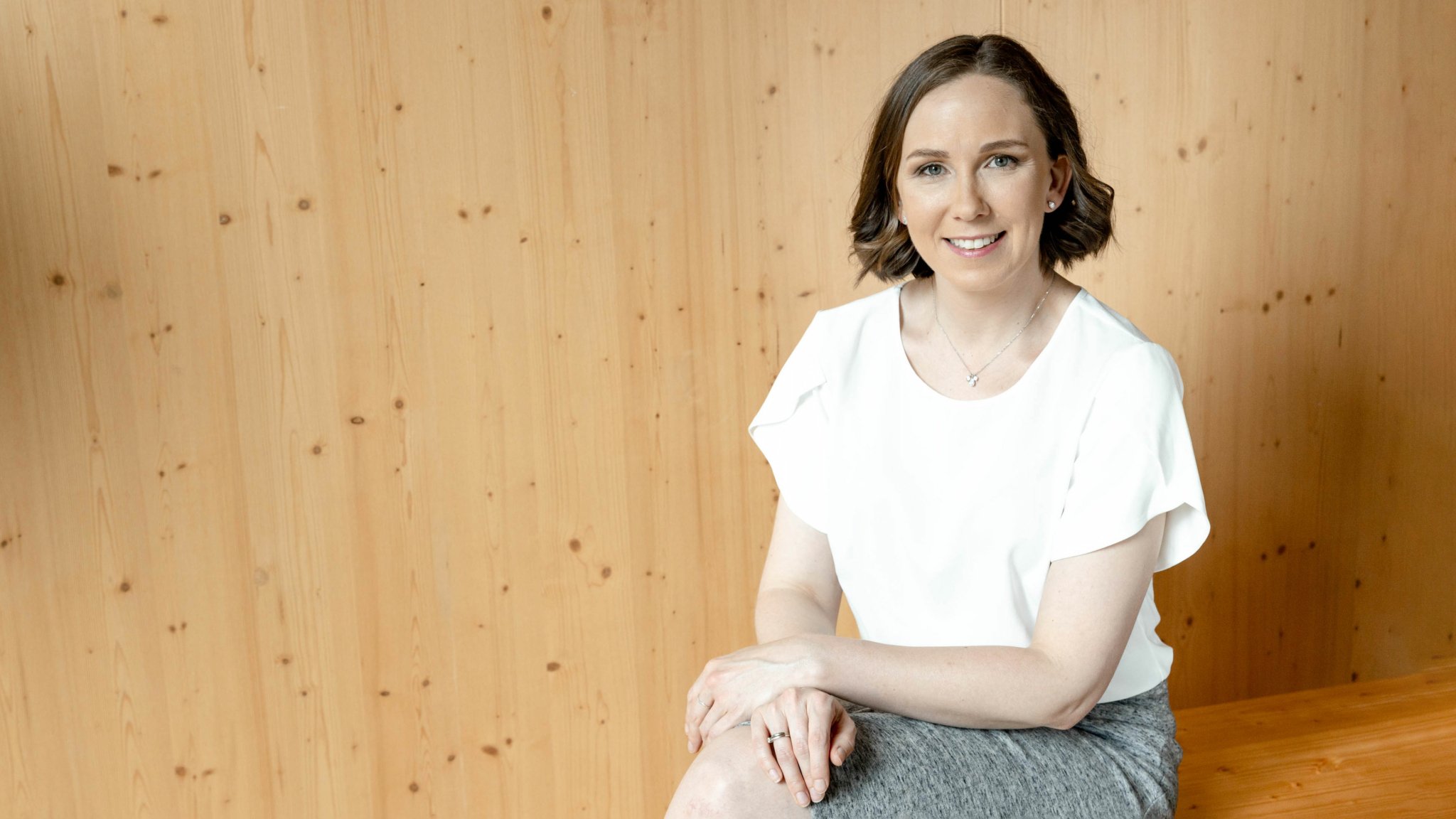This article originally appeared in Style Magazines.
Whether you’re conscious of it or not, you are a product of your environment. We all are. We are the company we keep, and every new experience we undertake, the information we consume, and the places we choose to go all contribute to making us the unique being we are.
So, it makes sense then, that to be successful in life—in whatever capacity that means to you—you need to surround yourself with people who inspire creativity, encourage forward-thinking, and motivate you to become the best version of yourself.
WeWork, a company that creates flexible working environments designed to inspire collaborative ideas, is proof that bringing people together is a surefire way to spark innovation. We spoke to WeWork’s design studio director, Tom Crocker, about the design concept behind the newly opened WeWork space at 123 Eagle Street.
WeWork: Tell us about the WeWork building at 123 Eagle Street.
Tom Crocker: Housed within the iconic Riverside Centre designed by Harry Seidler in 1986, WeWork 123 Eagle Street spans four floors of flexible office space for more than 900 members. The project was designed in-house by WeWork as an inclusive, dynamic, and sophisticated workplace experience for member companies of all scales. The workspace interconnects communal lounge and pantry spaces, with bookable meeting rooms and study nooks, surrounded by a series of private offices that range from one-person occupancy to large half-floor suites. A key feature of the base building architecture, the helical stair, was celebrated as a focal point for connection and activation between three floors.
What was the design concept behind the space?
We know space is a powerful tool to foster engagement, inspire innovation, and drive productivity. Our approach to workspace design is to create connection and enhance the employee experience, reimagining the way spaces are designed to bring people together and help our members be successful.
How does the design encourage new ideas and collaborative thinking?
Employee expectations of the office are shifting, and the workplace has been redefined as a hub for collaboration and productivity. At WeWork, a collaboration hub is created by taking existing offices and converting them so they are less dense and can support different work types. These hubs are geared toward enabling idea exchanges with more social and breakout spaces conducive to teamwork and innovation as well as creative processes like brainstorming and design thinking. Thoughtful, intentional design is key in creating human-centric workspaces for people to thrive.
What’s at the core of a WeWork building?
For us at WeWork, fostering a sense of community is key: A community bar is the first thing members see when they enter a WeWork building. From here, a dedicated team ensures that each member and guest has the best experience possible, by getting to know members and their businesses, facilitating connections, and managing the logistics of running a collaborative workspace.
When designing a community bar, the team focuses on creating a welcoming central touchpoint—one that also facilitates the flow of people and promotes interaction for members. The pandemic has really changed the way we live and work. Workspaces are becoming places for experience-based interaction, and organizations are putting more of a focus on creating a place for their people—a place where they don’t have to be but want to be.
At WeWork, it’s incredibly important for our members that their workplace is conveniently located in an active precinct that supports their lifestyle. Our members have access to a dedicated wellness studio, a parents’ room, and a games area, allowing them a moment to rest and recharge throughout the working day.
With 21 individually designed WeWork locations across Sydney, Melbourne, Perth, and Brisbane (which currently has four buildings), how does each space inspire the companies and individuals who use it?
At WeWork 123 Eagle Street, our members are companies of all sectors and scales, from graphic designers and web developers to tech companies and financial institutions, lawyers, recruiters, and more. Each of our Brisbane locations has its own special style, culture, vibe, and design aesthetic supporting productivity, collaboration, and innovation, which attracts a diverse range of professionals. At WeWork 25 King Street, for example, we see more creatives, designers, and writers. This is a deliberate effect to encourage like-minded professionals to come together with their ideas.
If you’d like to discover more about any of the Brisbane WeWork locations, head to their site here.
Rethinking your workspace?
Astrid Taemets is a journalist at Style Magazines. When she’s not in the office or chasing a busy toddler, you’ll find her long-lunching or perched on a beach somewhere along the coast. Her guilty pleasures include drinking red wine on her deck while trawling the internet for her dream piece of land and artworks to fill her home with.















